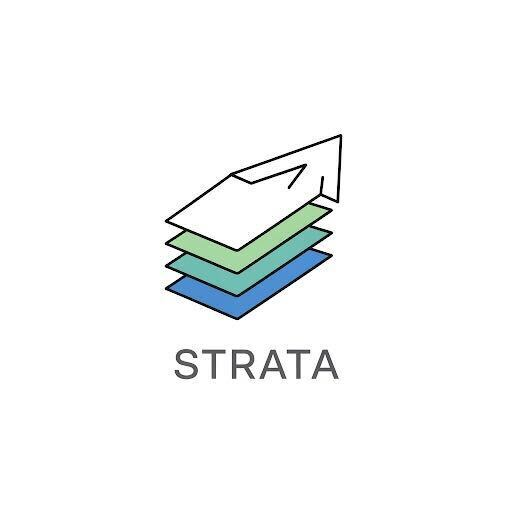
Strata
Strata offers a unified platform for formalizing language syntax and semantics, and implementing automated reasoning applications. Strata provides a family of intermediate representations via dialects that model specific programming constructs, and is extensible by tool developers to customize additional features to their needs.
This README will help you get started with using and extending Strata. Also see the Architecture document that introduces some terminology and describes Strata's components, and a Getting Started guide that describes how to create a new dialect and analysis using existing features.
N.B.: Strata is under active development, and there may be breaking changes!
Prerequisites
-
Lean4: Strata is built on Lean4; see the build specified in the
lean-toolchainfile.You can install Lean4 by following the instructions here.
-
SMT Solver: Analysis tools in Strata use SMT solvers for program verification.
- Install an SMT solver. You can use any solver you want, but the unit
tests assume
cvc5is on yourPATHcvc5.
- Install an SMT solver. You can use any solver you want, but the unit
tests assume
Build
Build and test the code in Lean's standard way:
lake build && lake test
Unit tests are run with #guard_msgs commands. No output means the tests passed.
Running Analyses on Existing Strata Programs
Strata programs use the .st file extension, preceded by the dialect name,
preceded by a second . e.g., SimpleProc.boogie.st or
LoopSimple.csimp.st. Note the current StrataVerify executable
relies on this file extension convention to know what dialect it's
parsing (since the Strata IR allows a program to open multiple
dialects).
Here is an example invocation that runs Strata's deductive verifier.
lake exe StrataVerify Examples/SimpleProc.boogie.st
This will:
- Parse, type-check, and generate verification conditions (VCs) via symbolic evaluation.
- Use an SMT solver to discharge the VCs.
- Report the results.
Currently, each VC that is not proved by symbolic simulation alone is printed out in Strata's internal format (more accurately, in the internal format of the dialects used to implement the language under analysis). These VCs are then encoded into SMT, and counterexamples, if any, report models for the variables present in the problem.
Troubleshooter
When running unit tests: "error: no such file or directory (error code: 2)"
This is likely due to cvc5 or z3 not being in the PATH environment variable. Add them and try again.
License
The contents of this repository are licensed under the terms of either the Apache-2.0 or MIT license, at your choice. See LICENSE-APACHE and LICENSE-MIT for details of the two licenses.